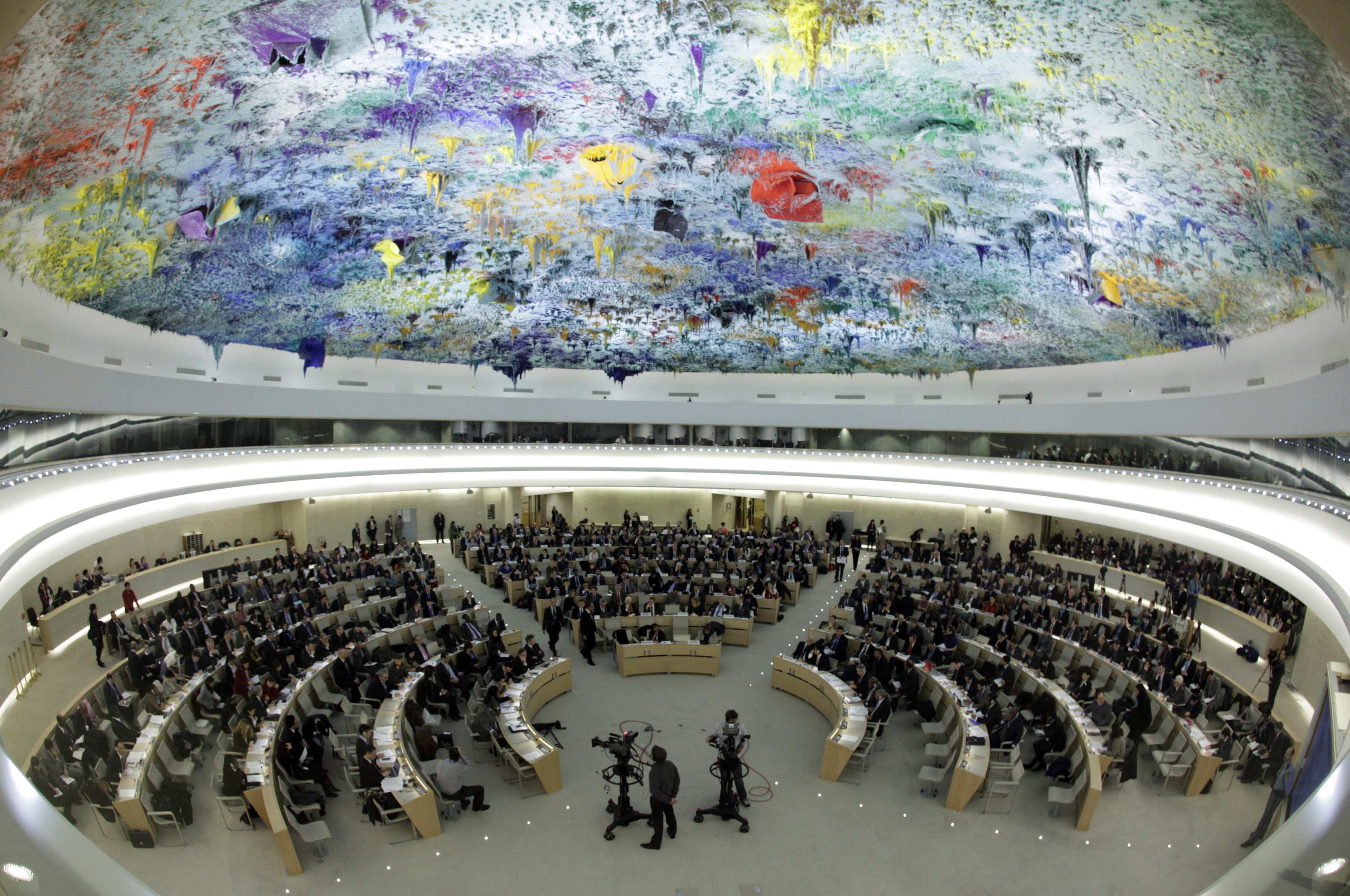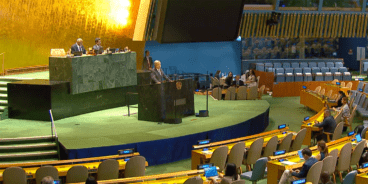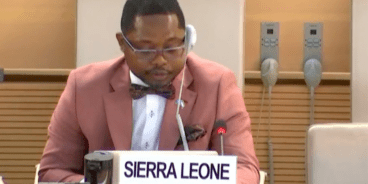

Statement on behalf of the Group of Friends of the Responsibility to Protect at the 2025 UN General Assembly Debate on R2P
I have the honor of delivering this statement on behalf of Argentina, Australia, Bangladesh, Belgium, Bosnia and Herzegovina, Botswana, Bulgaria, Canada, Chile, Costa Rica, Cote d’Ivoire, Croatia, Czech Republic, Denmark, European Union, Finland, France, Germany, Ghana, Guatemala, Hungary, Ireland, Italy, Japan, Liberia, Liechtenstein, Luxembourg, Mali, Marshall Islands, Mexico, Morocco, Mozambique, Netherlands, New Zealand, Nigeria, Norway, Panama, Peru, Portugal, Qatar, Republic of Korea, Rwanda, Romania, Senegal, Sierra Leone, Singapore, Slovakia, Slovenia, South Sudan, Spain, Sweden, Switzerland, Tanzania, United Kingdom and Uruguay, all members of the Group of Friends of the Responsibility to Protect, which is this year co-chaired by Guatemala, Luxembourg and Morocco.
This year marks 20 years since the unanimous adoption of the Responsibility to Protect at the 2005 World Summit, a landmark commitment by all UN Member States to prevent genocide, war crimes, ethnic cleansing, and crimes against humanity. We would like to thank the Secretary-General for his statement and for his 17th report on R2P, entitled “Responsibility to Protect: 20 years of commitment to principled and collective action.” We also would like to reaffirm our support for the UN Office on Genocide Prevention and the Responsibility to Protect.
This year’s report reflects on a troubling reality that, despite our unanimous commitment to end atrocity crimes, serious violations of international law, international humanitarian law and human rights continue. This growing gap between rhetoric and action is especially concerning given the international community’s improved understanding of risk factors and increased capacity to respond. The report calls for renewed strategic investment and consistent collective action to strengthen implementation of R2P’s three pillars.
Populations around the globe are facing unprecedented levels of violence, mass atrocities and displacement. The profound change to the global peace and security landscape, including widespread violations of international humanitarian law, growing inequality, shrinking civic space and the deterioration of human rights and the rule of law in many parts of the world are shaping the character and dynamics of atrocity crimes today. Violence against civilians is at its highest level since 2015.
Millions of people are enduring unspeakable suffering amid conflict and repressive policies that target and persecute vulnerable populations, destroy protected civilian infrastructure and social fabric of a society and, at times, tear entire communities and countries apart. Far too many populations are facing extreme shortages of food, water and medicine as preventable humanitarian catastrophes continue to unfold and worsen, while humanitarian access is being deliberately obstructed or blocked.
Upholding our collective responsibility to protect populations from atrocities – regardless of who they are or where they live – is more urgent than ever.
Madam/Mr. President,
As this year marks the 20th anniversary of R2P, we are keen to emphasize the considerable progress made in understanding the risk factors, causes and dynamics that drive atrocity crimes. Relevant information on risks of atrocities, the existing potential to prevent their occurrence and the institutional capacity to protect vulnerable populations and to hold perpetrators of atrocity crimes accountable are widely available.
Since 2005, more than a dozen Member States have established national mechanisms dedicated to preventing atrocity crimes and more than sixty have appointed a national focal point for R2P. In parallel, international and regional partnerships have emerged, enabling states to strengthen their prevention efforts through the exchange of best practices and the development of collaborative tools. Significant progress has also been made across the UN system to build early warning and prevention capacities, including through peacekeeping reforms, the creation of the UN peacebuilding architecture, and expanded mediation and diplomacy efforts that increasingly incorporate an atrocity prevention lens. The New Agenda for Peace emphasizes states’ primary responsibility for conflict prevention and peacebuilding, urging the development of national prevention strategies.
Expertise of civil society actors can inform discussions among policy- and decision-makers, particularly through the inclusion of the voices of local actors and communities directly affected by ongoing atrocities. We would like to thank the Global Centre for the Responsibility to Protect for their invaluable work as Secretariat of the Global Network of R2P Focal Points and the Group of Friends, both in New York and Geneva.
Madam/Mr. President,
As we mark the 20th anniversary of R2P, it is imperative that policies, practices and structures which enhance our preventive capabilities and ability to respond to unfolding crises be at the center of discussions and engender the necessary political will at all times. R2P should be a critical consideration within our shared mission to advance peace and security, human rights and development and ensure respect of international humanitarian law. At a time when multilateral norms are under strain and global cooperation faces unprecedented challenges, we collectively reaffirm our commitment to R2P and atrocity prevention.
The core purpose of the UN, laid out in the Charter, is to “save succeeding generations from the scourge of war” and to “reaffirm faith in fundamental human rights, in the dignity and worth of the human person”. In order to do this, the UN must be equipped to prevent and respond effectively to mass atrocity crimes. In this context, we would like to emphasize the need for the UN80 process to preserve critical UN functions underpinning peace and security, development and human rights, required to address the root causes of conflict and humanitarian need, and strengthen the UN’s capacity to prevent atrocity crimes.
Thank you.
Related Content


UN General Assembly Debate on the Responsibility to Protect, 2025
